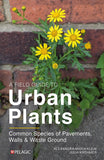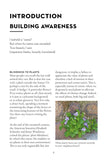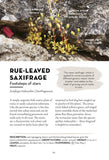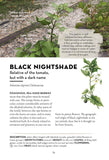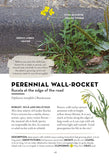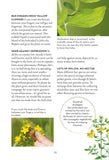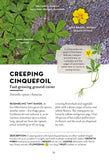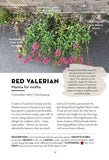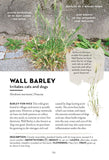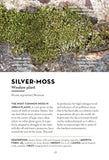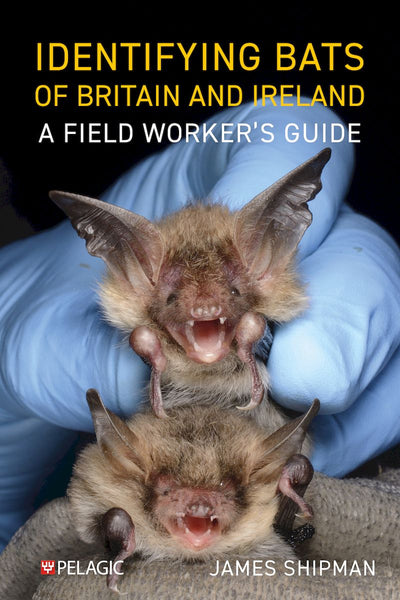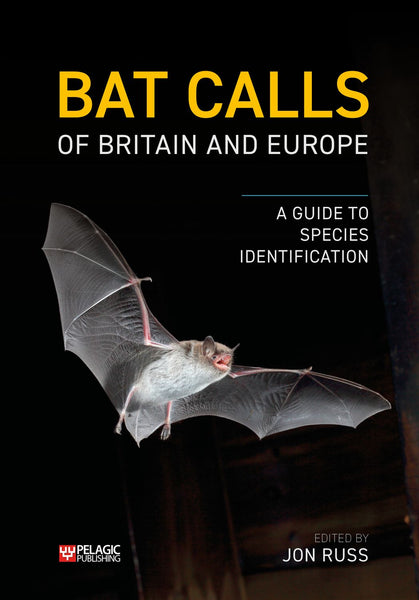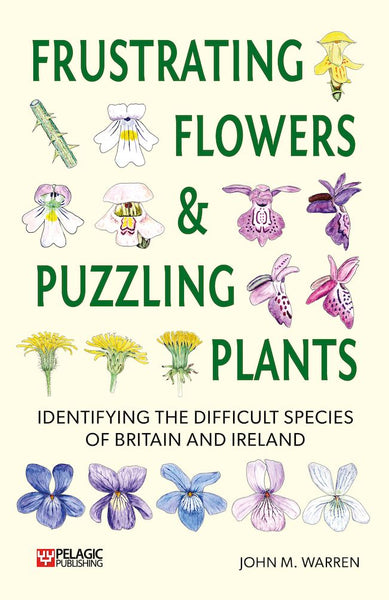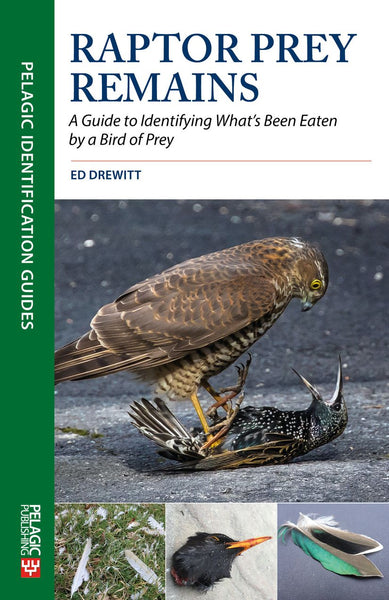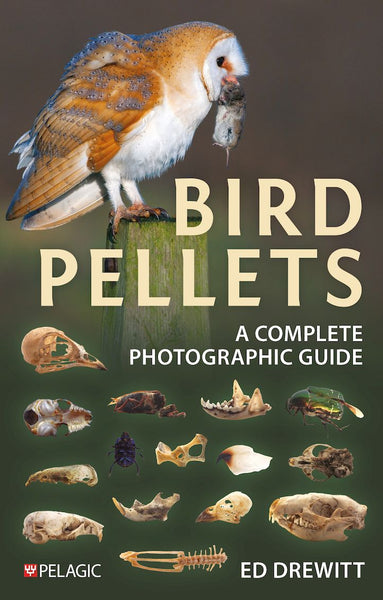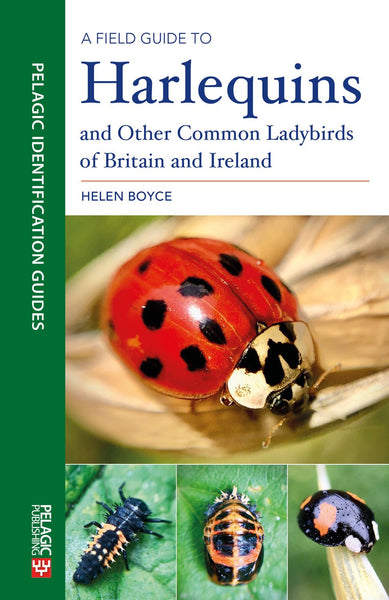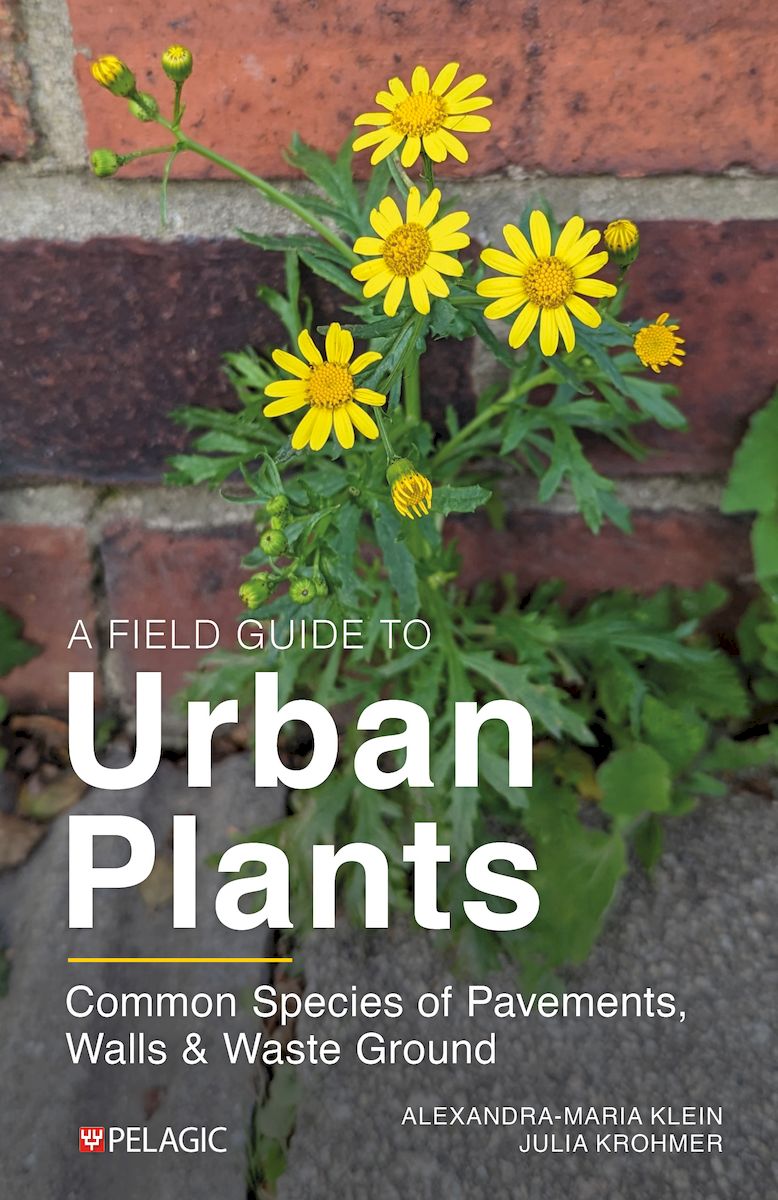
A Field Guide to Urban Plants
Common Species of Pavements, Walls and Waste Ground
- Introduces the most common weeds of pavement and kerb.
- Clearly organised according to growth form and flower colour.
- Over 100 species described and illustrated.
- ...beautifully illustrated with accessible language, this is a brilliant companion for urban botanical wanderings.
—Leif Bersweden, author of Where the Wildflowers Grow
- botany
- field guide
- flora
- plant ID
- plant taxonomy
- plants
Description
Have you ever wondered exactly what those ‘weeds’ are growing along the kerb or between the cracks in the pavement? Not the pampered plants of parks, front gardens and herbaceous borders, but simply those that exist everywhere and nowhere in particular: the true survivors, the botanical opportunists. In this handy guide, we introduce the most commonplace flowers, shrubs, grasses, mosses and ferns that are to be found on the street, and show the main characteristics by which you can recognise them. Soon you’ll be more alert than ever to the rebellious species of tarmac, wall and gutter as they defy weedkiller, climate change and dog wee.
So you can identify the plants you discover in your town as readily as possible, the species are arranged according to their growth form. The book starts with the largest group – herbaceous plants – followed by a few woody plants, grasses, mosses and ferns. The first group is divided again according to flower colour: white, yellow, red/pink, blue/purple and green or brown. Within each colour, you will first find the flowers with a maximum of four petals, then those with five, then those with more than five and finally those with bilaterally symmetrical flowers. So you know quickly which group you are in, there are corresponding symbols in the profile at the bottom of each page. This ingenious little book is sure to enliven even the most mundane walk on the dreariest of days.
DOI: 10.53061/OTDC5460
Table of Contents
Foreword
Preface
INTRODUCTION
Building awareness
Diversity in town
BOTANY ON THE STREET: SPECIES ACCOUNTS
White flowers
Yellow flowers
Red, purple or pink flowers
Blue flowers
Green or brown flowers
Woody plants
Grasses
Ferns
Mosses and liverworts
Glossary
Photo credits
Index
Reviews
- A lovely guide to the plants we share our homes with - beautifully illustrated with accessible language, this is a brilliant companion for urban botanical wanderings.
—Leif Bersweden, author of Where the Wildflowers Grow
About the Author
Alexandra-Maria Klein chopped weeds for hours as a child and thus got to know herbs very well. Today, as an ecologist, she heads the professorship for nature conservation and landscape ecology at the University of Freiburg and looks at plants from the perspective of wild bees.
Julia Krohmer earned her first pocket money by cutting out dandelions between her parents' patio tiles. Later in geo-ecology studies in Bayreuth, during a doctorate in Frankfurt and various stays abroad, she turned to plants in a more positive way. As a botanist, she is full of admiration for their beauty, adaptability and diversity. Today Julia works for the Senckenberg Gesellschaft für Naturforschung in the area of science coordination and transfer.
Bibliographic Information
 144 pages
144 pages - Colour illustrations
- BISAC SCI011000, POL002000, NAT026000
- BIC PST, RPC, WNP






